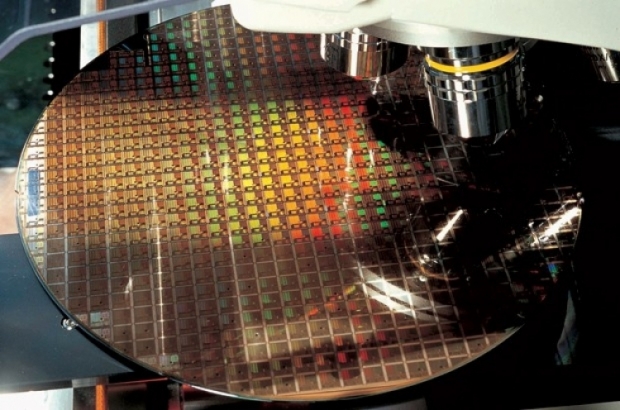Bloomberg has confirmed rumours that Samsung now expects bit growth of less than 20 per cent for dynamic random-access memory and a rise of 30 percent for NAND flash, the people said. Samsung said earlier this year it expected increases of 20 percent for DRAM and 40 percent for Nand in 2018.
The fear is that the industry is headed for a downturn as demand softens after years of record profit. If Samsung, the world’s biggest producer of Nand and DRAM, trims its production, that may help prop up prices for Samsung along with SK Hynix Inc. and Micron Technology Inc. Bit growth, which refers to the amount of memory produced, is a crucial barometer for gauging market demand.
Park Sung-shin, a fund manager at KTB Asset Management said that there were only three major players left and they have the power to control supplies.
Micron, the largest US maker of memory chips, gave a revenue forecast that fell short of analysts’ estimates, adding to concern that a two-year surge in demand for its products is fading.
Semiconductors are the biggest and most profitable business for Samsung as it produces chips for its own devices and sells to other smartphone makers. The chip division generated operating income of $31.4 billion in 2017, more than doubling from a year earlier, which helped drive the company’s earnings to a record.
Anthea Lai, an analyst at Bloomberg Intelligence in Hong Kong, said that if Samsung does cut its DRAM bit growth, it shows the company is happy with the current oligopoly market structure.
It prefers keeping supply tight and prices high, rather than taking market share and risking lower prices, therefore the chances for DRAM prices to stay strong is higher, she said.
Industry DRAM bit volume rose 20 percent in 2017, just half the 40 percent rate of 2016, according to IC Insights. While servers have fuelled demand for memory, stalling smartphones sales around the world have raised concerns about market growth for semiconductors.

